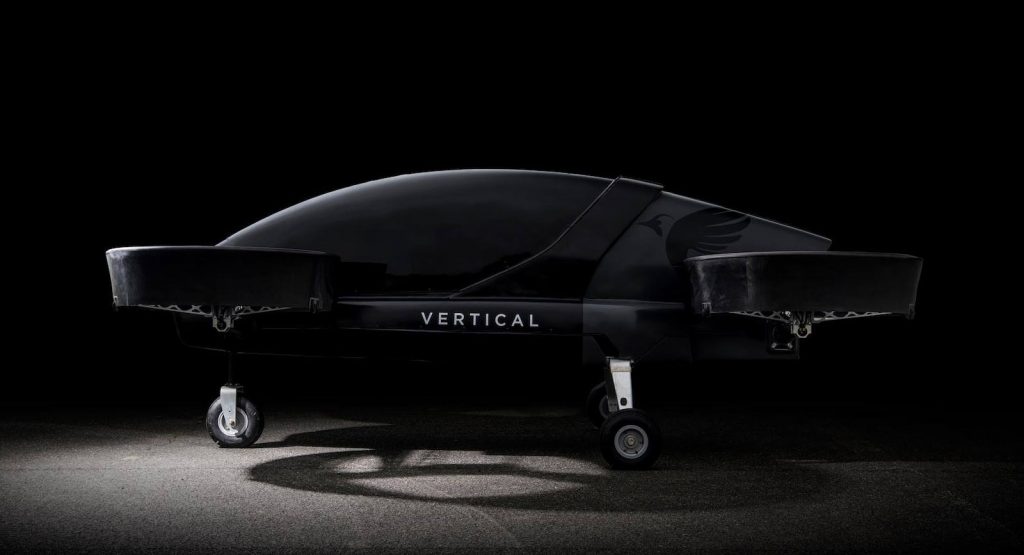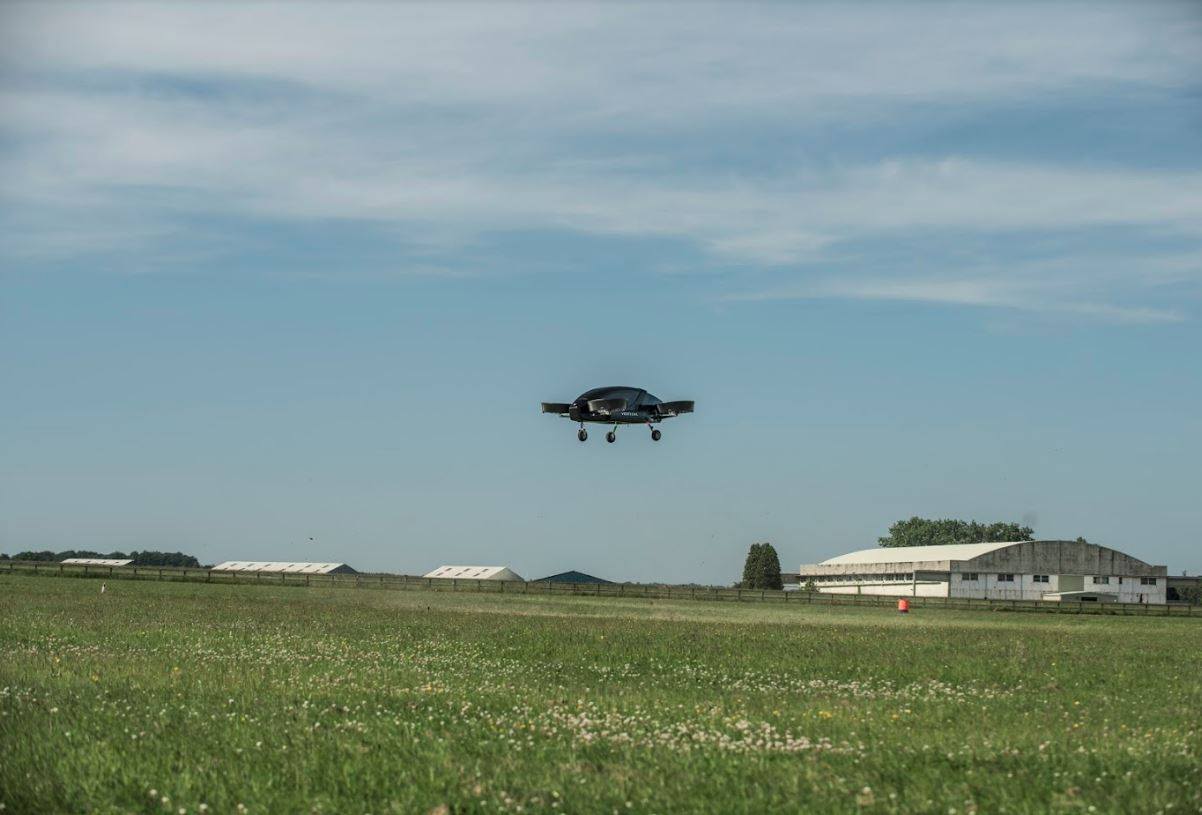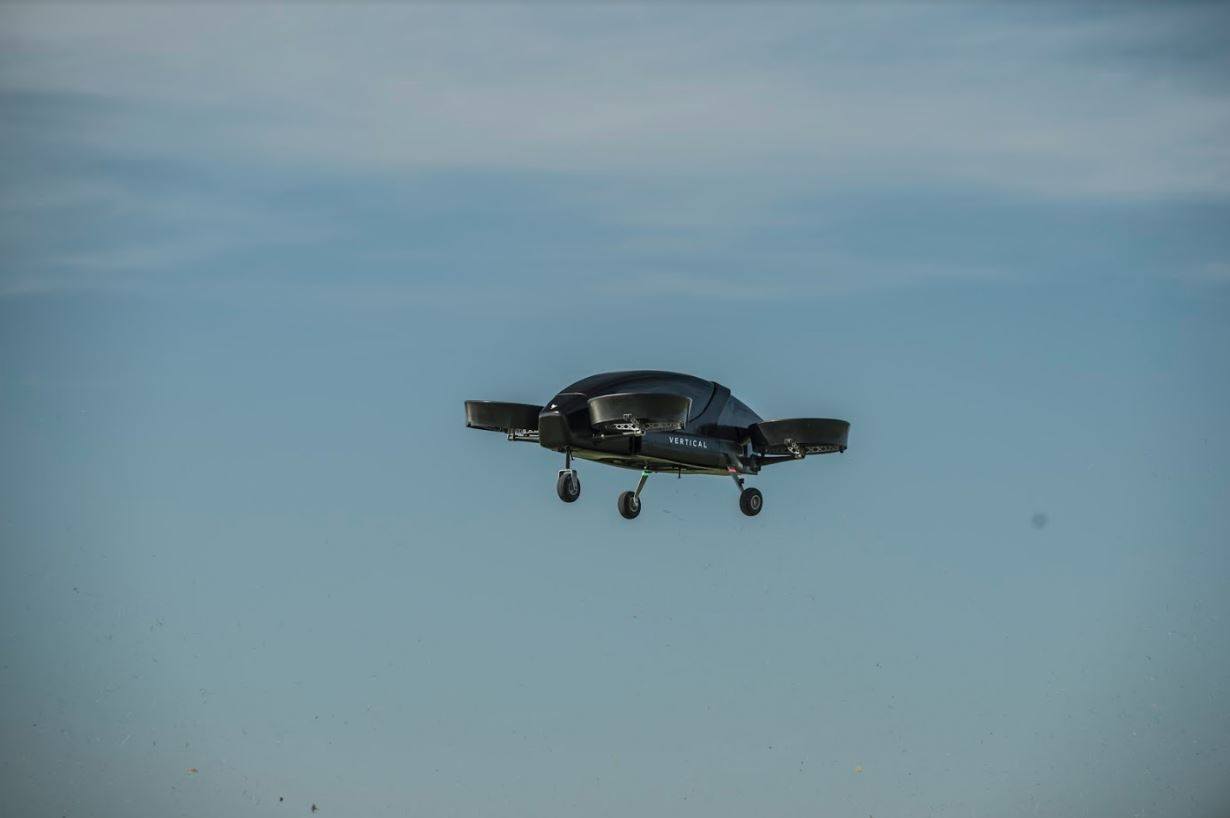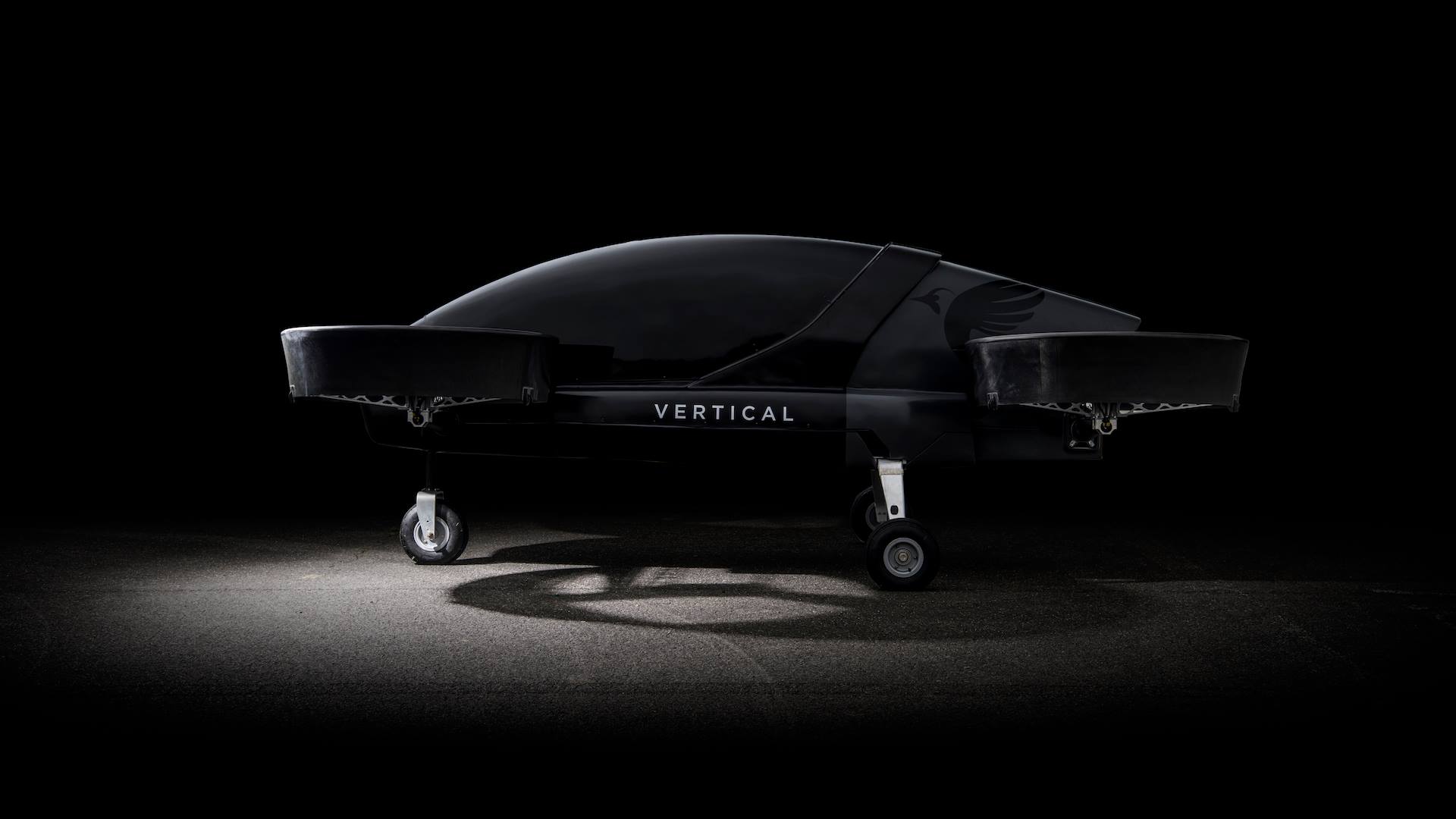The race to build flying vehicles that can land and take off vertically is on across the world. For Britain, looking to make headway is energy entrepreneur and one-time Formula 1 racing team owner, Stephen Fitzpatrick.
His goal is to apply lessons he learned during his time in Formula 1 in order to build an electric Vertical Take Off and Landing aircraft, or eVTOL for short. The flying taxis will fly under the Vertical Aerospace banner, aiming to offer short-haul, inter-city flights to multiple passengers at once.
According to Fitzpatrick, who came on as a short-term owner for Manor Racing in F1, these aircraft should arrive within the next four years. During his time with Manor, he realized that many race car advances also apply to aircraft – such as high-powered electric batteries, hybrid power trains, lightweight structural materials, aerodynamics and so on.
“The technology we were using in Formula 1 was just too high-spec to be applied to the challenges of the typical road car,” said Fitzpatrick. “What you can get from an F1 engine has more power density per kilo than a jet turbine.”
Since 2016, Vertical Aerospace has hired 28 veteran aerospace and technical experts from the likes of Airbus, Boeing, Rolls-Royce, Martin Jetpack and GE. Unlike many other flying-car projects out there, Vertical believes it can overcome regulatory and safety issues by building piloted, fixed-wing aircraft that can capitalize on incremental, existing innovations, reports Automotive News Europe.
“We are investing in all the technology evolution taking place in aerospace but we are trying to apply that to something that is real world and is possible to execute four years out,” added the Vertical Aerospace founder and CEO. “We are not waiting for huge changes in existing regulations.”
The company is targeting some of the most congested air corridors in the world using aircraft that don’t need runways and that can also travel for up to 500 miles (800 km). Tests have already been conducted using a black passenger pod with four rotors, while in later stages of development, Vertical will look to introduce elements of autonomous flight, extend the range and expand the number of possible chartered routes.






